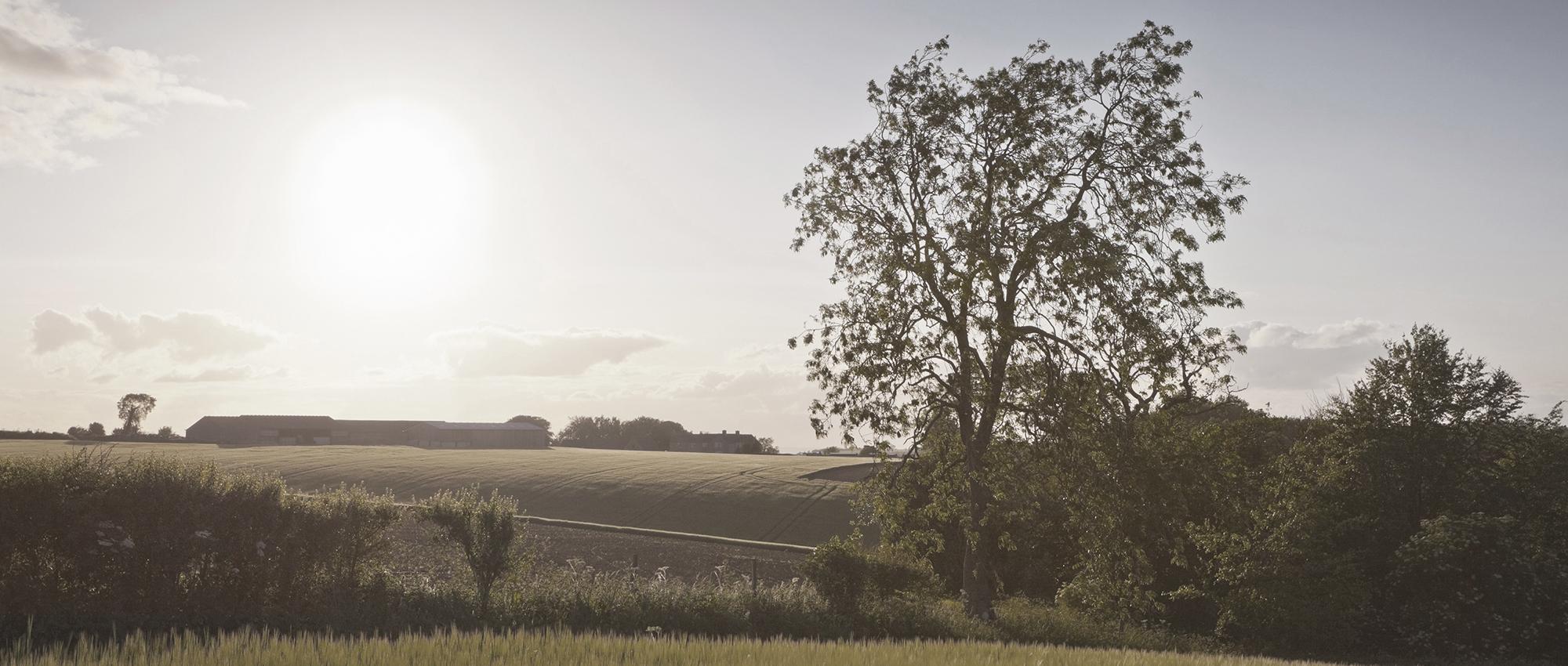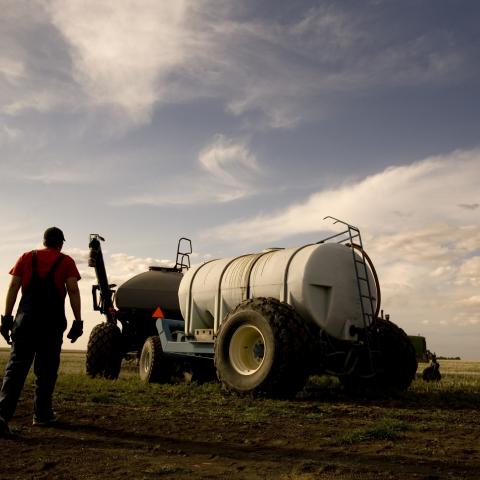News and insights banner


Whether you operate as a sole trader, in partnership or through a limited company, how capital assets are deployed can have major implications for inheritance tax (IHT).
Here we look at a few of the issues relevant to farming partnerships. Please note that there are issues other than IHT to be taken into account, such as capital gains tax, stamp duty land tax and non-tax considerations. These are beyond the scope of this article.
Many farming businesses trade as a partnership, often with no written agreement because the partners are family members and the relationship between them is strong, and the only evidence of the partnership is its annual accounts.
It is often unclear in cases of owner occupiers whether the land, buildings and farmhouses from which the farming business operates are partnership property or owned personally outside the partnership - this can have major implications for IHT.
For IHT purposes each partner owns a share in a partnership, rather than a share of individual properties in the partnership. Under current rules, if a partnership business is wholly or mainly trading on a partner’s death, their share in the business will be eligible for up to 100% business property relief (BPR), subject to the two year qualifying period. If the partnership share includes the value of property from which the business trades, then this will also be eligible for 100% BPR.
On the other hand, land and buildings owned individually by a partner outside a partnership will, at most, be eligible for only 50% BPR , and in some cases may not qualify at all. This matters, because agricultural property relief (APR) at 100% may not be available on all property used in a farming business, or if it is, the agricultural value may be below the value assessed for IHT – examples include residential buildings (whether or not occupied for the purposes of agriculture), farm buildings not in use for agricultural purposes or buildings or farmed land with development value.
Introducing such property as capital to a partnership can significantly reduce IHT, and the unexpected shock of an IHT assessment when surviving partners have assumed APR would cover everything. Where this is not the case and you wish to claim BPR on the balance, it could be vital to demonstrate to HMRC that the property is in fact a business asset; a key function of a written partnership agreement is to do just that.
Future reviews of fiscal policy could put the spotlight on the current IHT reliefs, particularly APR, such that owners of agricultural assets may become increasingly reliant on BPR.
A common misconception is that including the value of a piece of land or other asset on the balance sheet of the accounts is enough to show that it is an asset of the business. In the absence of further evidence, or where the accounts are not clear, HMRC are challenging such contentions more frequently, and if successful will limit BPR claims to 50% only or deny them completely, resulting in exposure to an IHT charge at 40%.
There are other consequences of not having a written partnership agreement in that The Partnership Act 1890 still regulates general partnerships in England and Wales and, being over 100 years old, its provisions are not ideally suited to the requirements of a partnership operating today. For example, if there is no written agreement when a partner dies, a partnership is automatically dissolved and the deceased partner’s share is treated as a debt due from the surviving or continuing partners. This, and other provisions of the Act, are likely to limit flexibility generally and can have serious implications for business continuity and succession for the next generation.
A common dilemma for farming families is whether all capital assets pass into the control of a single member of the next generation who farms, or alternatively the capital base is shared with those not farming. Whether the alternative objective can be achieved may be dictated by financial circumstances, but the chance of achieving it is improved if unnecessary tax risk is eliminated and flexible and up to date agreements and Wills are in place.
So often the costs of dealing with the issues raised in this note will be unbudgeted and therefore not incurred, to the much greater cost of surviving partners on a death.